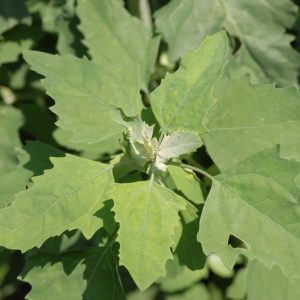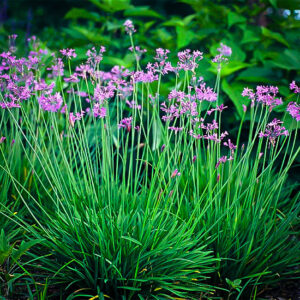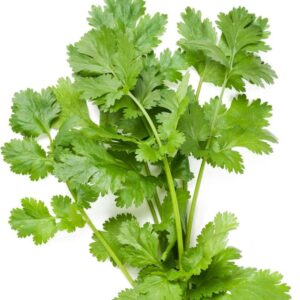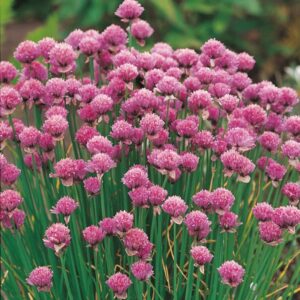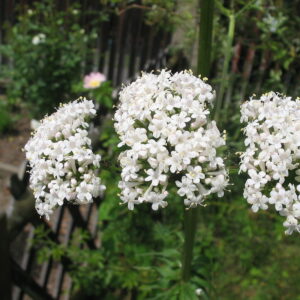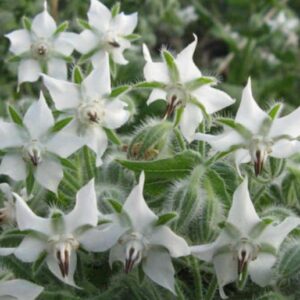$4.49
/ per pack
Choose seeds per pack:
Botanical Nomenclature: trigonella foenum-graecum
Common Name: Fenugreek, Knapsack, Fenugreek
Family: Fabaceae
Origin: india, asia, europe
Height: 1 meter high
Brightness: Full Sun
Climate: see description below
Fenugreek has been used since ancient times by man as a spice. It is also known in Portuguese by the name, of Arabic origin, of saddlebag.
It is an essential constituent in the preparation of Indian curry.
Fenugreek has three uses for cooking: as an herb (dried or fresh leaves), as a spice (seeds), and as a vegetable (fresh leaves and buds). “Sotolon” ??is the chemical substance responsible for the characteristic sweet smell of fenugreek. It is used to flavor and add flavor to artificial maple syrups.
Fenugreek has many uses and is too numerous to list them all.
The species does not like to be transplanted, if it has no experience in transplanting plants, it is best to sow definitively, 0.5 cm deep, 20 cm away (soil that promotes good drainage and sunny location). Soil should be maintained moist until green shoots can emerge from the ground; then water only when the soil is dry.
The quality of the leaves will decrease once the flower buds appear, the harvest should be done before this time (on average 6 to 8 weeks).
| Weight | N/A |
|---|
